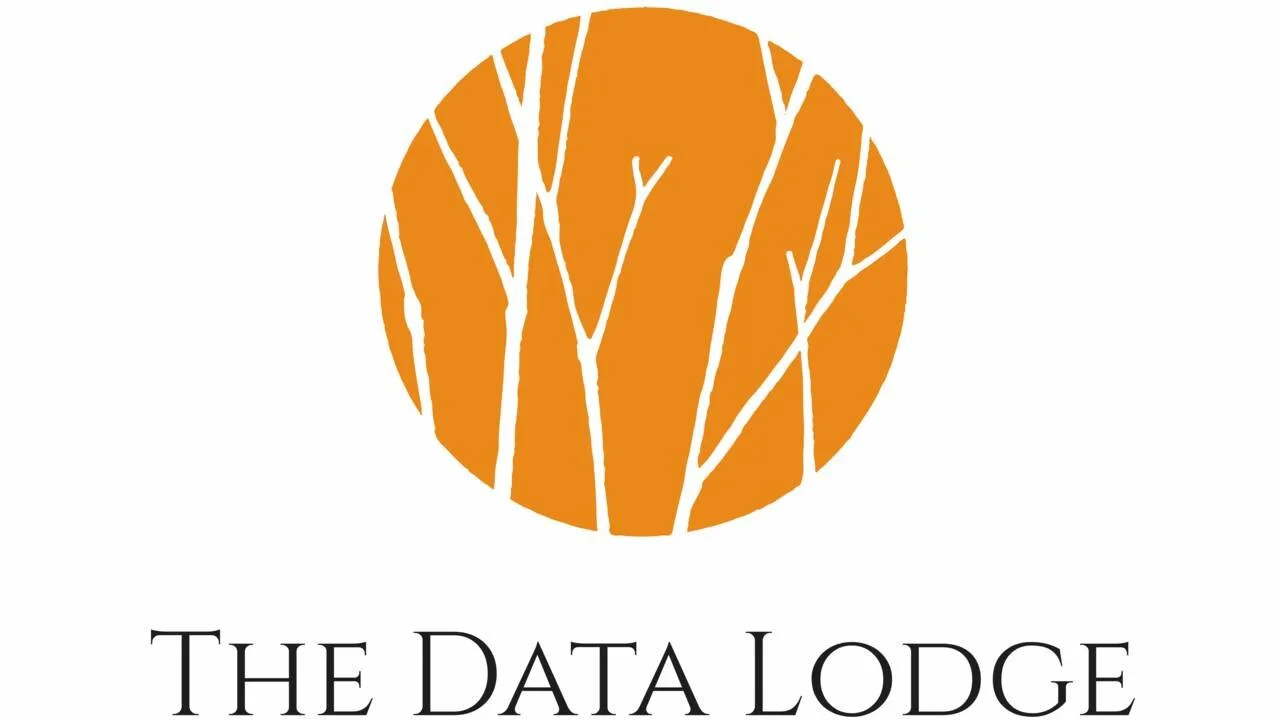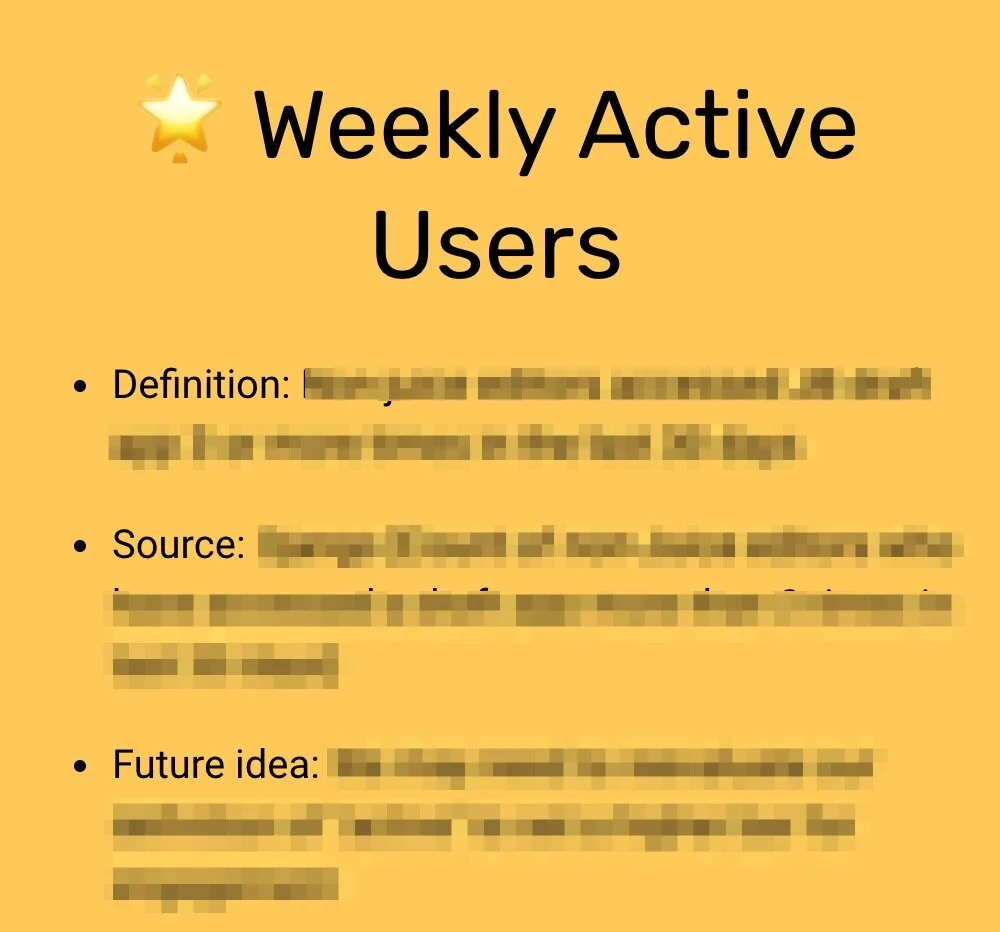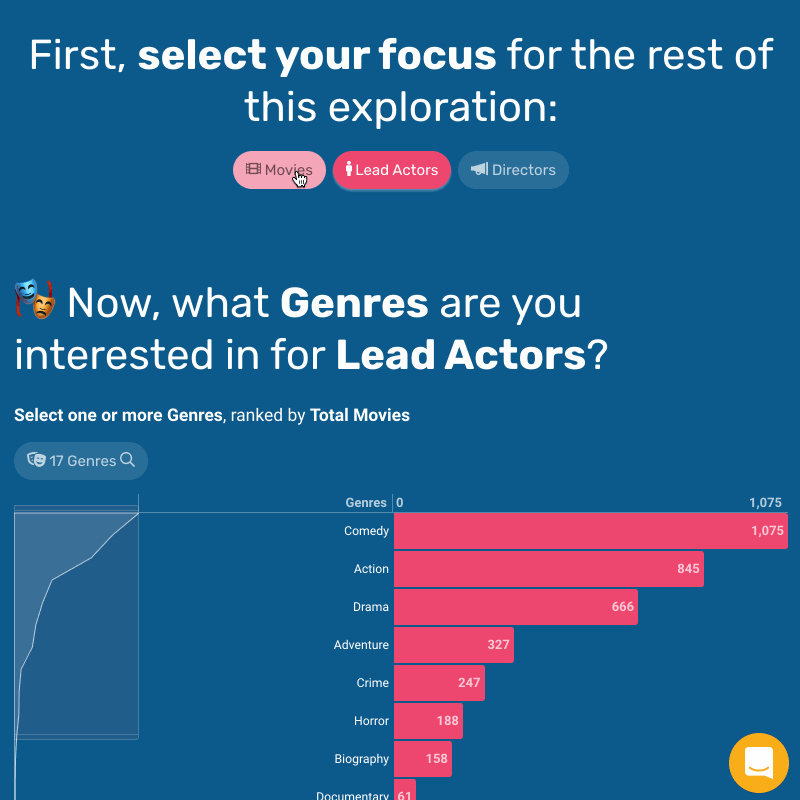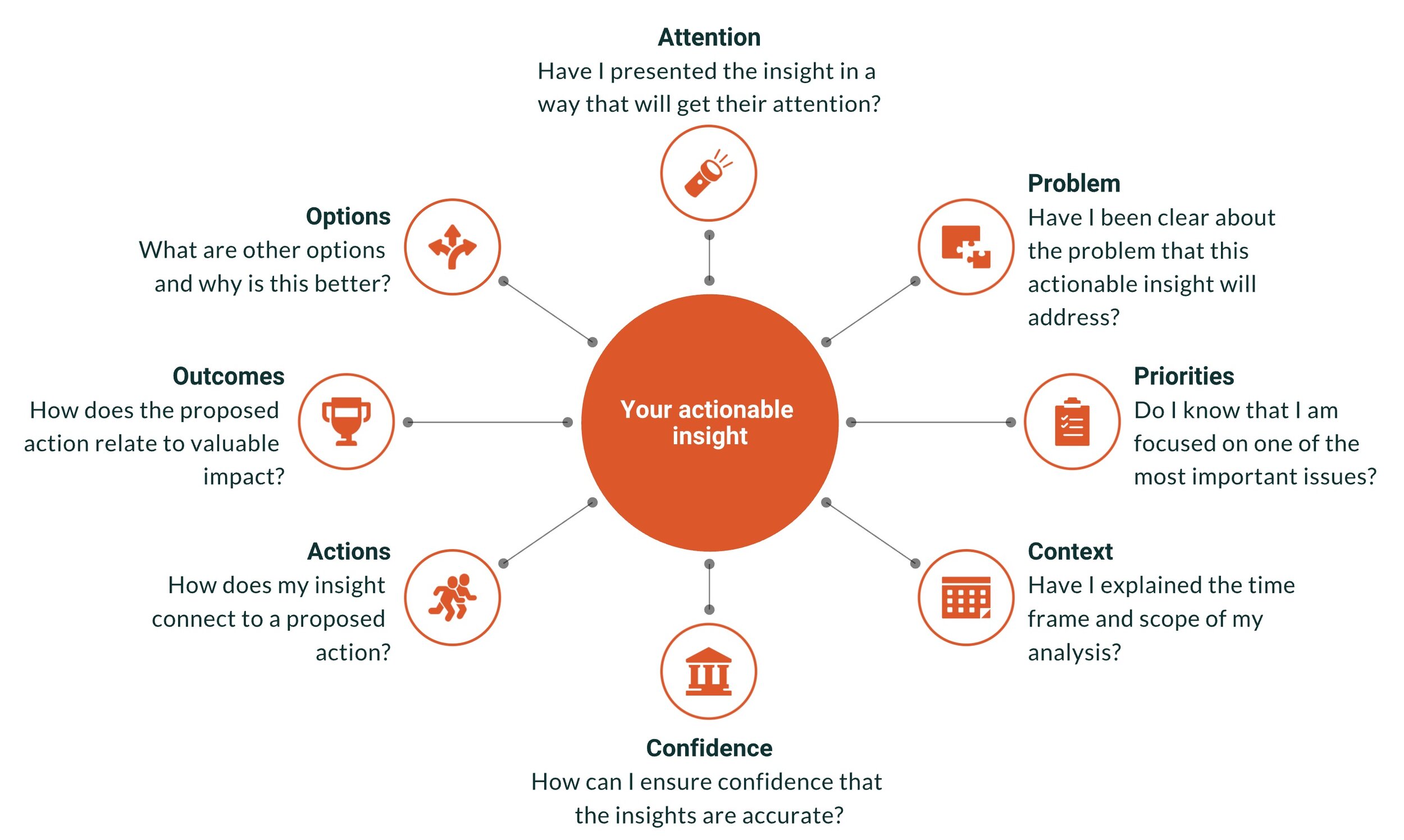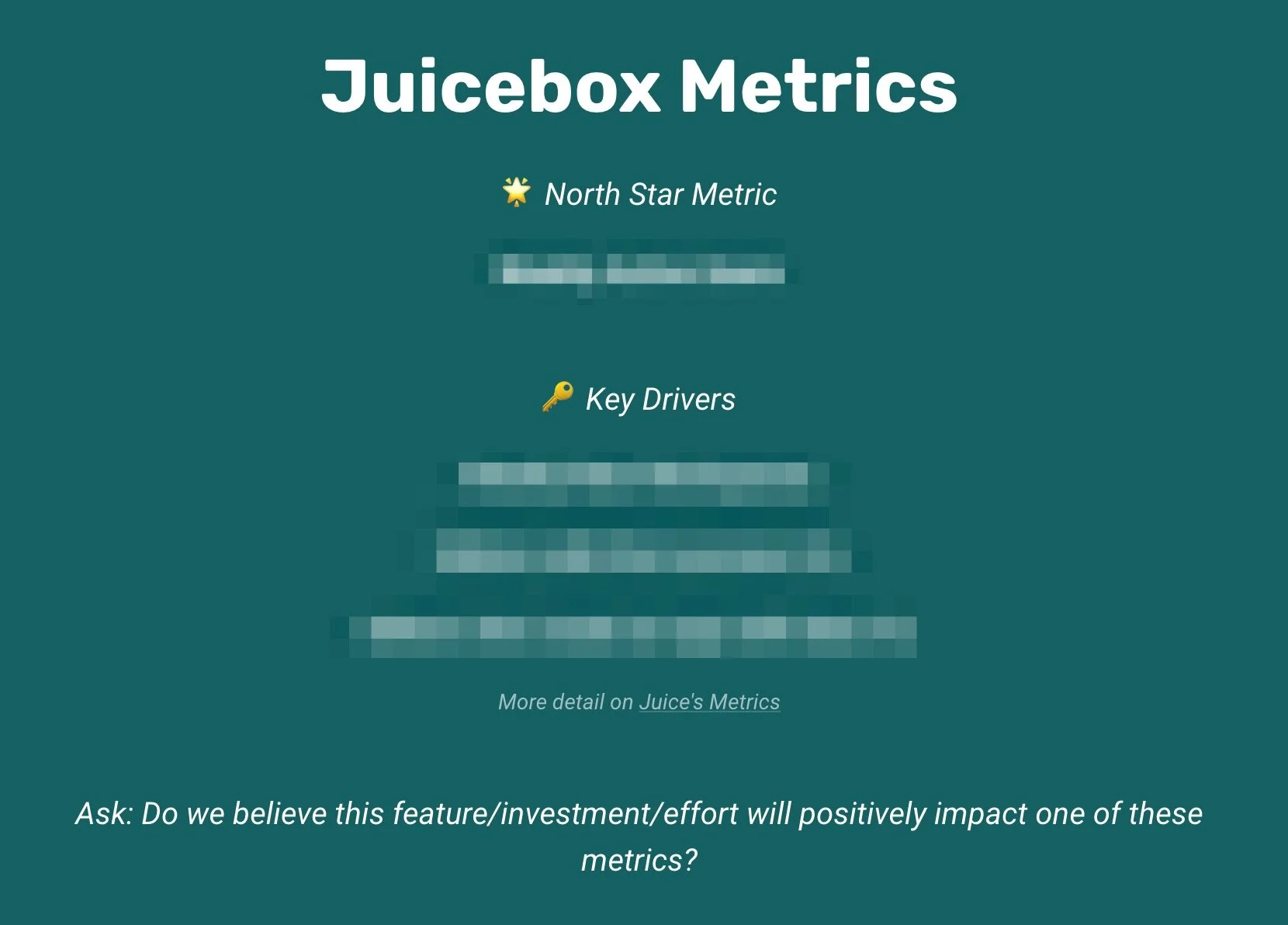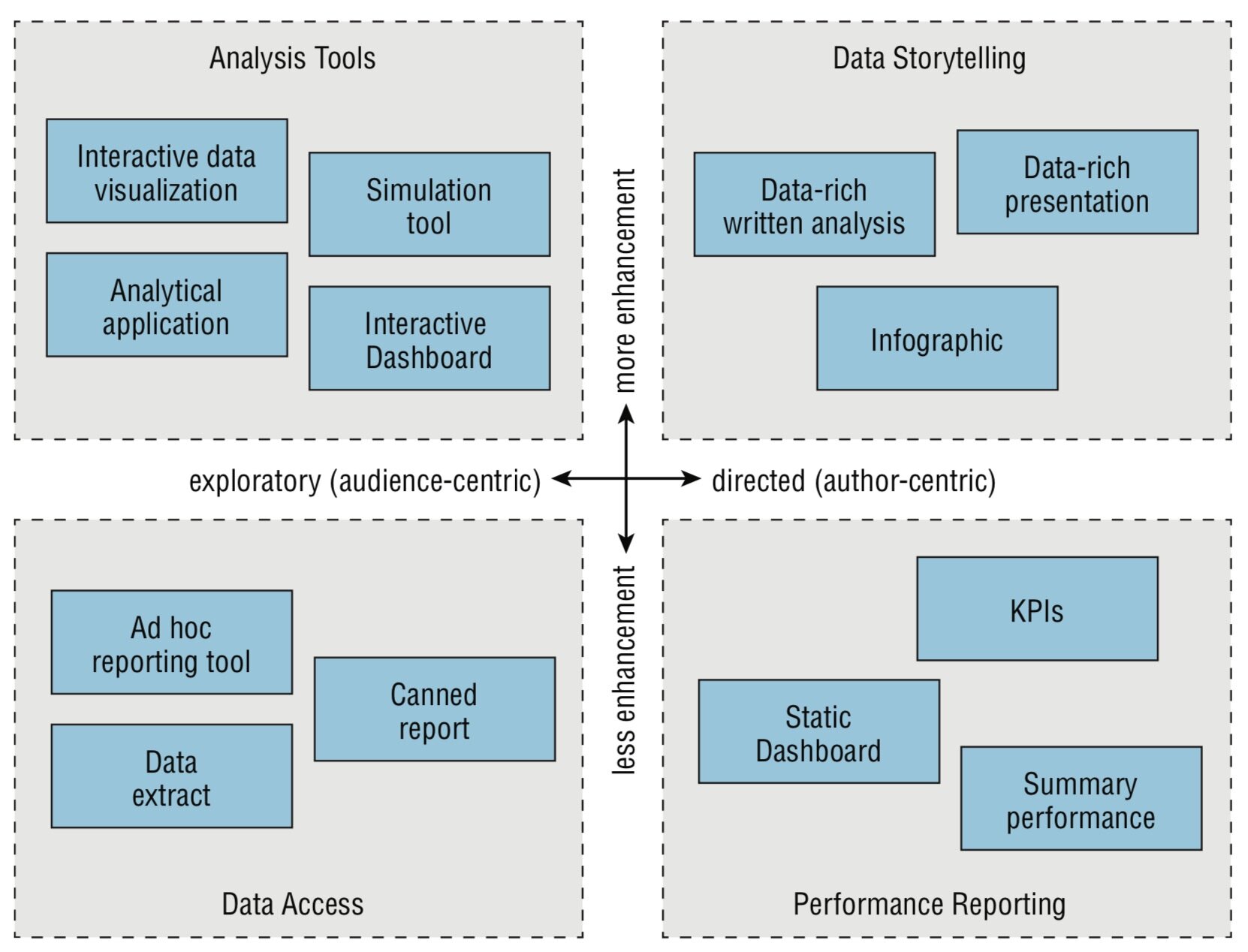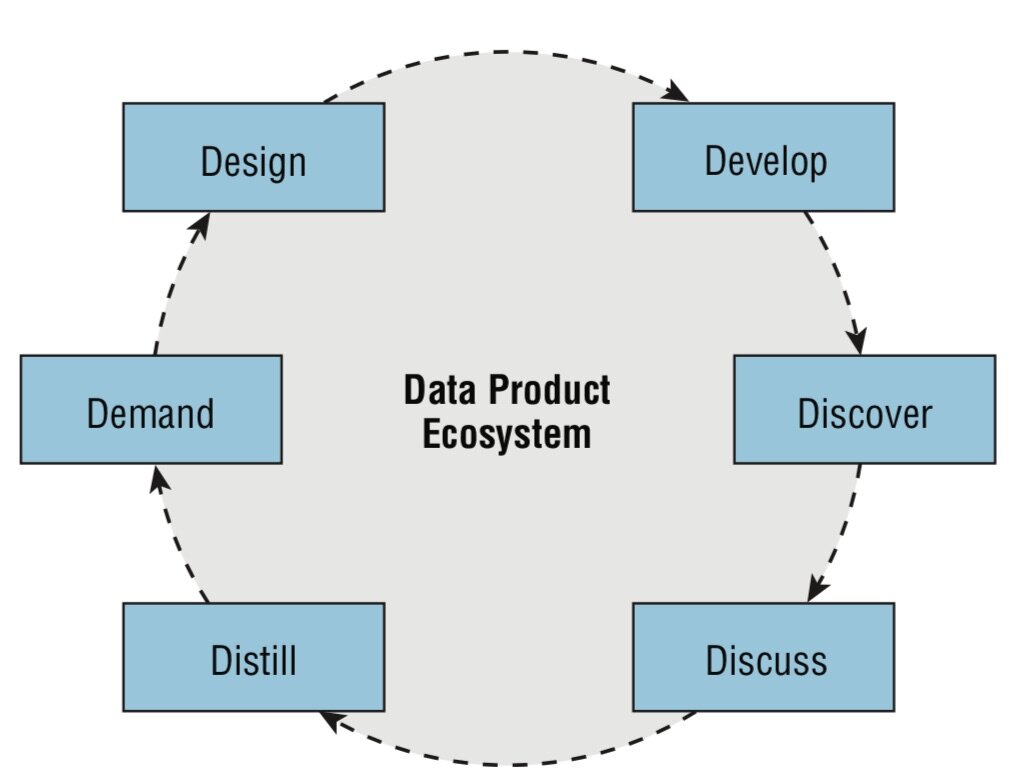Building a Data Fluent organization requires getting everyone on the same page. This common understanding spans everything from cultural expectations to accessing and using data. Below I’ve outlined six areas where creating alignment will have long-term benefit…and where you can go to get started today.
Photo by Nicole Baster via Unsplash
Where to get started: The Data Lodge provides guidance and training to help data leaders build their organizational culture and capabilities.
Shared Skills
Your team needs the know-how to understand, analyze, and communicate data. These skills are not always a prevalent as we’d like.
Where to get started: DataLiteracy.com provides a growing collection of courses for data skills.
Where else to get started: Quanthub offers an adaptive educational platform focused on building data skills in your organization.
Shared Definitions and Terminology
You want everyone in your organization to know what is meant by the data being shared. Who qualifies as a lead? What is an active customer? How is revenue calculated? Without arriving at shared definitions and terminology, your data discussion will get stuck in fruitless debates.
Where to get started: There are many high-tech Master Data Management solutions…not the place to start. Create a shared document where you define: 1) how your key data/metrics are calculated; 2) where this data comes from; 3) how this data might be improved. Link to it when you present data in a dashboard, report, or data story.
Shared Data Access
Increasingly we’ve run into IT teams who have found a way out of the endless back-and-forth data requirements cycle. Instead, they generate frequently-updated and thoroughly-tested tables for analysis. Now business users can have the flexibility to create with less risk of misinterpreting data.
Where to get started: One of the best tools we’ve found for this is Keboola, a flexible platform for connecting to data, ETL, and providing a data catalog.
Shared Metrics and Goals
Data fluent organizations have a shared set of key metrics and can explain how these metrics link to organizational goals.
Where to get started: We appreciate the simplicity and clarity of Matt Lerner’s Metrics that Matter. His framework provides a roadmap for defining your most important metrics.
Where else to get started: TeamOnUp provides guidance and software for aligning around shared goals and defining clear responsibility.
Shared Data Products
A data fluent organization leans on a curated set of data products — dashboards, reports, presentations — for focus and insight.
Where to get started: Juicebox is a lightweight and versatile solution for business users to create reports, presentations, dashboards, and data stories. It is designed to make creating and sharing easier than anything else on the planet.


